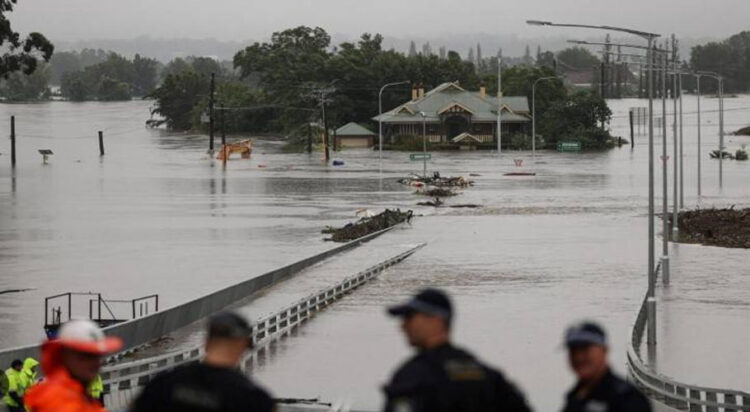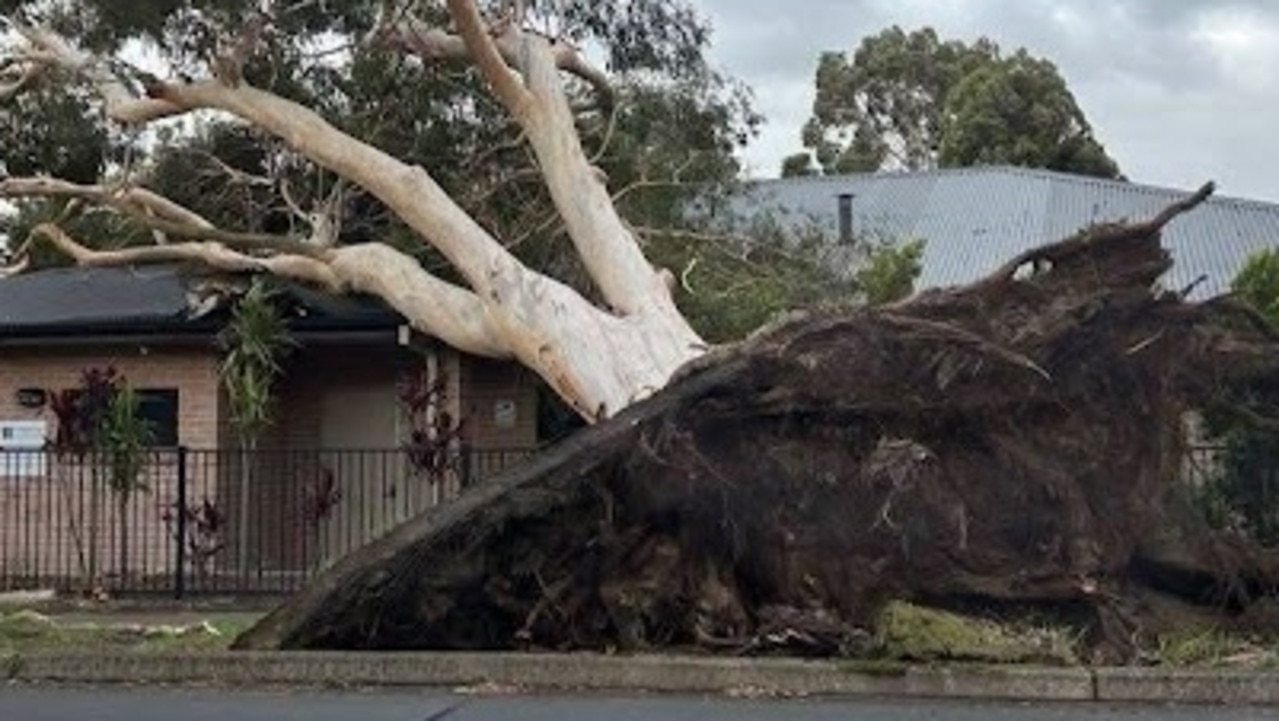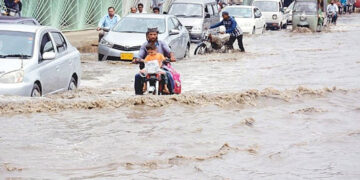A powerful storm has wreaked havoc across parts of eastern Australia, leaving a trail of destruction in its wake, with authorities declaring a natural disaster in affected regions. Since Wednesday, Sydney and much of New South Wales (NSW) have been battered by heavy rain, severe winds, and lightning, with gusts reaching speeds of up to 100 kilometers per hour (60 mph).
The storm has caused widespread damage, including fallen trees, downed power lines, and significant flooding. By Saturday, about 30,000 properties remained without electricity, down from a peak of more than 260,000, according to NSW Emergency Services Minister Jihad Dib. “This is an incident that is affecting the whole state,” Dib told reporters, emphasizing the scale of the disaster. Emergency services had responded to over 7,000 incidents statewide, including rescues, power restoration efforts, and road clearances.

The storm’s impact on infrastructure has been devastating. In Sydney, strong winds smashed windows, uprooted trees, and caused extensive damage to buildings. The severe conditions also caused disruptions to rail services, trapping commuters and further complicating the already chaotic situation. In rural areas, heavy rainfall has led to crop damage, adding to the woes of local farmers already struggling with the ongoing challenges of climate change.
A tragic consequence of the storm was the death of an elderly man, who was killed when a tree struck his car in Cowra, about 230 kilometers (143 miles) west of Sydney. Police confirmed the fatality, underscoring the storm’s severity.

Power outages continue to be a major issue, with utility company Ausgrid reporting that 140,000 customers lost electricity on Wednesday, and another 68,000 were affected by power cuts since Friday. The storm’s intensity has made restoration efforts difficult, and many areas remain without power as of Saturday afternoon.

In response to the widespread destruction, three local government areas in NSW have been declared disaster zones. This declaration unlocks support for residents seeking emergency housing, essential items, repairs, and assistance with cleanup efforts. Emergency services are working around the clock to clear debris, restore power, and provide aid to those impacted by the storm.
The Bureau of Meteorology continues to monitor the situation, with warnings still in place for millions of residents in the region. Authorities are urging people to stay indoors and avoid unnecessary travel as the storm progresses. As the weekend approaches, further heavy rain and strong winds are expected, with the possibility of additional flooding and disruptions.
Authorities have emphasized the importance of preparedness, urging residents to secure their properties and make contingency plans in case of worsening conditions. The storm has underscored the vulnerability of both urban and rural areas to extreme weather events, and it remains to be seen how much more damage will occur as the system continues to move across the state.
With the ongoing severe weather, millions of Australians are left grappling with the immediate aftermath of the storm, while emergency teams work tirelessly to provide relief and restore normalcy to the region.




































